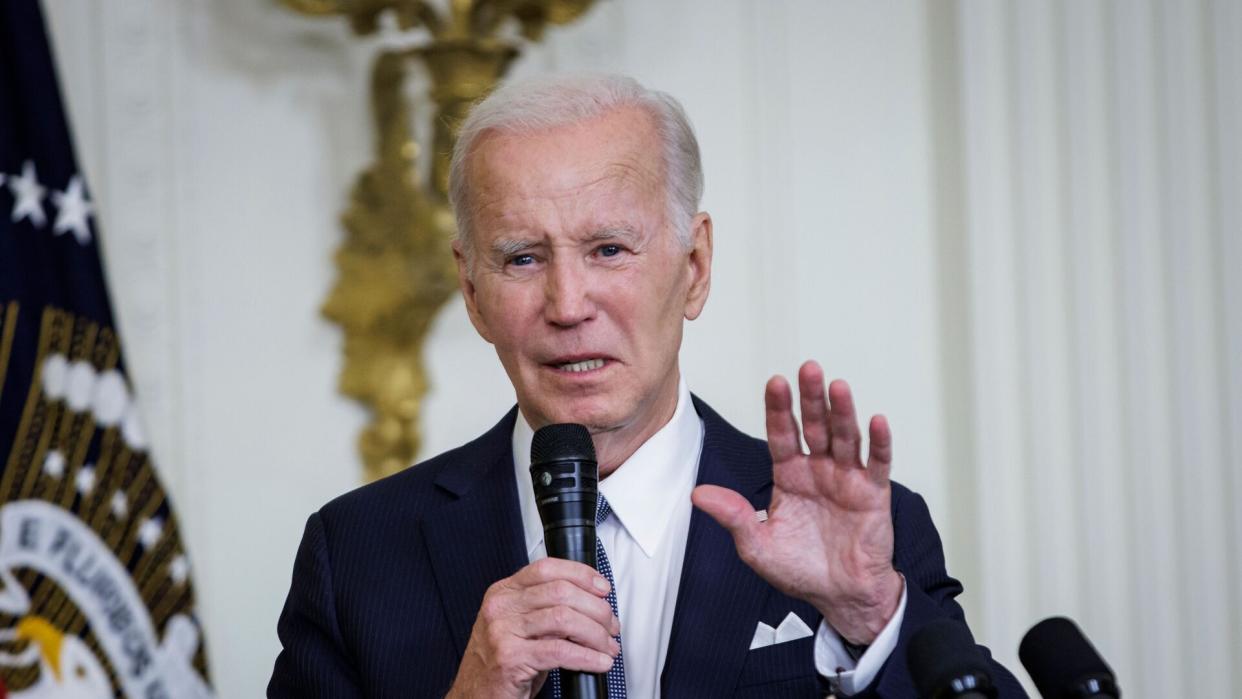The termination of
The June 9 decision from Judge Jeffrey J. Graham of the US Bankruptcy Court for the Southern District of Indiana hewed closely to the US Court of Appeals for the Third Circuit’s analysis earlier this year in its dismissal of a
The two rulings are a pair of major setbacks for solvent companies eyeing bankruptcy to handle mass tort liabilities—a practice that has seen substantial growth in recent years.
Graham’s decision, along with the Third Circuit’s ruling on J&J unit LTL Management LLC, creates “hurdles that may be absent from the bankruptcy code,” said attorney Douglas Mintz of Schulte Roth & Zabel LLP.
“I think the biggest application here is it will empower plaintiffs to push more aggressively outside of bankruptcy and leave tort defendants with fewer tools in their toolbox or less certainty that one of the tools will work,” Mintz said.
Graham held that Aearo’s attempt to use bankruptcy to settle approximately 230,000 lawsuits over allegedly defective military earplugs doesn’t appear to serve a “valid reorganization purpose.”
The judge determined that Aearo “is not presently suffering financial problems of the type that warrants Chapter 11 relief.”
Graham’s ruling is “consistent with a shift in courts’ willingness to accept a case at the face value a debtor professes when the motivation expressed is a litigation tactic and not a need for reorganization,” Judith Fitzgerald, an attorney with Tucker Arensberg PC and a former bankruptcy judge, said.
“That seems to be an abuse of the bankruptcy system even though those words may not be expressed,” she said in an email.
Aearo appealed the decision on Monday.
Valid Purpose
Graham’s conclusion isn’t surprising given the Third Circuit’s ruling on the J&J subsidiary’s case, said Ed Neiger, a bankruptcy and mass tort plaintiff’s attorney with ASK LLP.
Aearo launched its Chapter 11 case in July 2022, three years into the largest multidistrict litigation in US history. With shared liability and financial backing from 3M, Aearo had hoped to drive a bankruptcy court settlement that would shield both companies from the combat earplug lawsuits.
3M’s bankruptcy move didn’t involve the same legal machinations used by J&J to shunt its toxic tort liabilities into a newly created subsidiary, LTL Management LLC, looking to resolve tens of thousands of claims that its talc-based products caused cancer. The corporate giants shared a common goal in their engineering and funding of a subsidiary’s Chapter 11 case, though—to create a settlement trust and cap their future product liability exposure.
District of New Jersey Bankruptcy Judge Michael B. Kaplan last year rebuffed efforts from cancer patients to dismiss the J&J subsidiary’s case, but the Third Circuit overturned Kaplan’s decision in January. In a closely watched appeal, the circuit court said that J&J’s agreement to fund LTL’s liabilities to the tune $61.5 billion undercut arguments that LTL was really in distress.
Graham said the Third Circuit’s opinion “casts a particularly prominent shadow over Aearo’s bankruptcy.” In his view, Aearo doesn’t face any immediate financial distress that would justify a Chapter 11 filing, especially considering “liability for most of its debts is supported by an even more financially healthy, Fortune 500 multinational conglomerate.”
“The judge essentially followed the logic of LTL when arriving at his decision,” said Neiger. “It was all based on the idea of what bad faith is.”
Other healthy companies considering placing a subsidiary into Chapter 11 to pause and address mounting litigation may reevaluate whether its a worthwhile strategy in light of these rulings, he said.
Negotiating Leverage
Having overcome 3M and Aearo’s efforts to steer mediated talks to a deal in bankruptcy, the combat veteran plaintiffs could have some leverage at the negotiating table, said Fitzgerald.
But there may not be a major incentive to rush into talks given that Aearo is committed to an immediate appeal of Graham’s ruling, she added.
“A larger offer is one possibility but the devil would still be in the details,” Fitzgerald said.
If Graham’s ruling stands on appeal, it would shift momentum back to the multidistrict litigation process, where mediated talks are ongoing.
3M would also be thrust into the same position J&J was in following the Third Circuit’s ruling in January. After that decision, J&J cut a new deal with a majority of claimants and placed the talc unit back into bankruptcy, with hopes of binding the entire class of cancer victim plaintiffs to a deal with less than unanimous support.
LTL’s second pass in bankruptcy remains fraught with risk of unraveling, but the company is continuing to make the case that a Chapter 11 settlement is the best way forward for all parties.
“My guess is if they don’t settle soon, Aearo Technologies will do the same thing that LTL did,” Neiger said.



